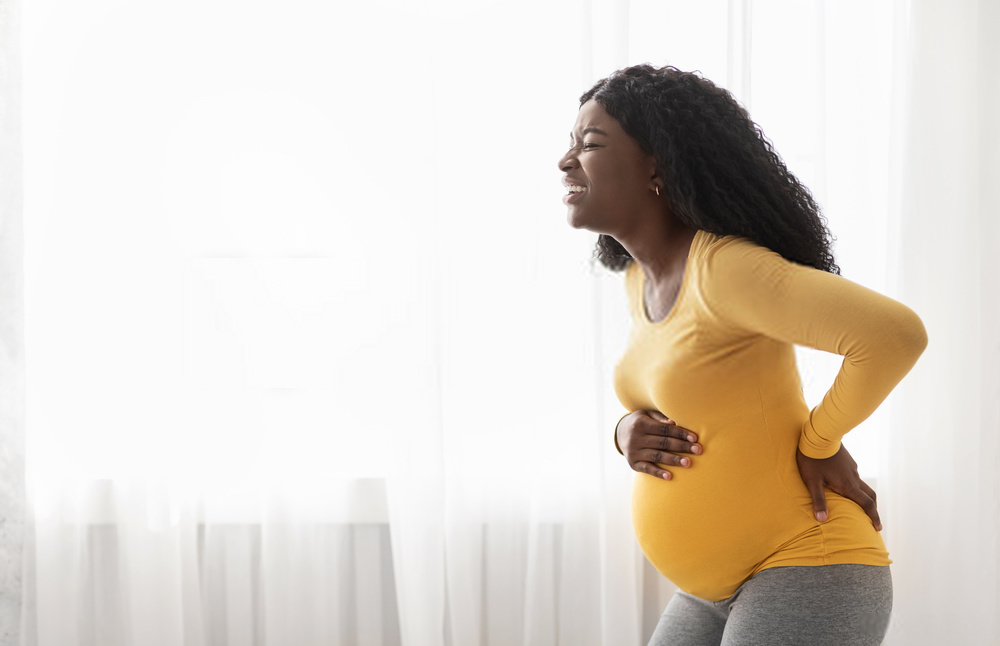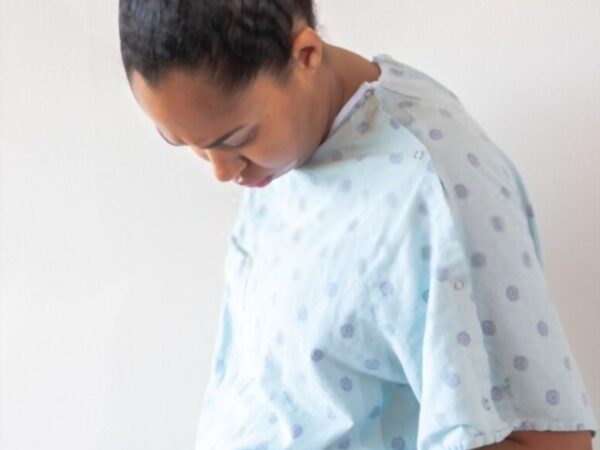
Some of the discomforts experienced in pregnancy are as a result of the two hormones released into the body of the woman – Oestrogen and Progesterone. We will be examining some of the pregnancy conditions in this article.
Hormonal changes makes a pregnant woman susceptible to more sweating and vaginal discharges, less lubrication, breast leaks and more. Personal hygiene is therefore essential in pregnancy. Wear cotton underwear, avoid tight pants and change your underwear often or use pant liners, to keep dry. Wash the vagina with plain water without soap so as not to harm the normal bacteria present there.
Hyperemesis Gravidarum is an extreme form of morning sickness that may cause severe nausea and vomiting during pregnancy. Some symptoms are constant nausea, loss of appetite, vomiting several times a day, dehydration, dizziness and weight loss. In severe cases, it requires medical attention and hospitalisation. Watch Matron Adenike Adesina’s session on pregnancy changes below.
Anaemia is the inadequacy of healthy red blood cells to carry oxygen to the body’s tissues. Anaemia in pregnancy is a popular medical condition around the world, and particularly in developing countries. The consequences of anaemia for the baby include maldevelopment, premature delivery and can extend to postnatal life. For the mother, anaemia can also be fatal. Certain risk factors may predispose the fetus or mother to anaemia.
Some symptoms of anaemia are paleness, dizziness, fatigue, irregular heartbeat, shortness of breath, cold hands and feet, chest pain, headache or loss of appetite. One test we use to check for it is the packed cell volume (PCV) test which measures the composition of red blood cells in the body. Another is the pulse oximetry to measure how much oxygen the haemoglobin in the blood is carrying.
Watch below, the session by Dr. Abimbola Owolabi on ways to prevent, recognize and treat anaemia.




